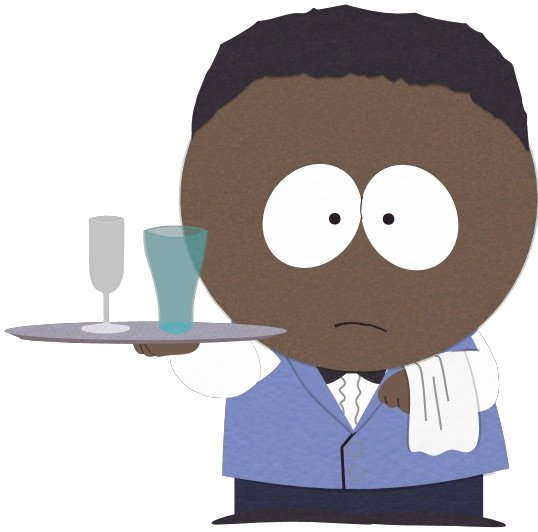
:origin()/pre00/04f0/th/pre/f/2014/355/1/4/token_black_by_edgotru-d8aox4i.png)
If this show were actually written in the '80s instead of just set there, its doubtful any of this nuance would have existed for Lucas.
#Token black series
Stranger Things doesn't spend a lot of time talking about why Billy hated Lucas, but it's enough to show that the series hadn't lost sight of the fact that things are more complicated for Lucas than the rest of his friends, even at the innocent age of 12. It's a classic case of a lower class white kid feeling the need to belittle someone else to make himself better, but that doesn't change the stakes for Lucas. He was more mature and developed a real bond with Max, and thus he is rewarded with not only her affection but a kiss in the most heartwarming scene of the series - the middle school Snowball dance.īilly's low-key racism is explained by the fact that he's abused by his father. Everyone loves him, so why wouldn't she? However, Lucas followed his gut and went out of his way to make Max feel like part of their group when none of the others would. It still would have been easy and believable to pair her with Dustin, the show's lovable goofball and fan-favorite character.

Dustin took Steve's ( Joe Keery) woefully immature advice of pretending not to care about Max. Stranger Things separated Lucas and Dustin by having them go after Max with completely different approaches. She, herself, eventually transcended her own romantic interest trope and became a savior of sorts for the Party - but she wouldn't have been involved at all if it weren't for Lucas' character development. Max ( Sadie Sink), the badass new girl in town, became the center of both Lucas' and Dustin's ( Gaten Matarazzo) affections. He was the first of the the Party to develop a genuine romantic relationship, since Mike and Eleven only flirted (save one kiss) in Season 1 and were separated for most of Season 2. Instead, Lucas actually moved from C-plot to B-plot this season (the main focus of the show is, and should be, the other-dimensional monsters terrorizing the town). Lucas is not a prop ( that's kind of Will's bag this season), nor is he just comic relief. Lucas' involvement in those activities makes him an equal member of the group, rather than someone obviously added in just to check off a diversity box. club, video games and playing Dungeons & Dragons. They hang out together because they are all equally invested in the A.V. Lucas is every bit as smart as his cohorts. The exchange between the two friends highlights the similarities between the Party and the Ghostbusters while simultaneously showing how they are different. "It felt like a very natural thing for those kids to go through and Lucas has every right to not be that character if he doesn't want to."ġ1 Classics From the '80s That Could Inspire Stranger Things 3


#Token black tv
"Everyone's favorite character back then was Venkman.It felt like it could have very well been an argument the Duffer had when they were kids," executive producer Dan Cohen recently told TV Guide on the Stranger Things premiere red carpet. The series not only highlighted the toxic trope, but then it cleverly subverted it without making the audience feel like they were receiving a lecture on diversity and inclusion. But the show never got close: In fact, one of the stand-out features of the series' sophomore effort was that it didn't let nostalgia recreate one of the most overplayed racial faux pas of all time. The Token Minority trope plagued '80s television and movies, including classics like The Goonies (in that case, a token Asian character) and Alien which were clear inspirations for Stranger Things. The Token Minority trope, a problem that Hollywood has been trying to overcome - especially in the wake of the #OscarsSoWhite campaign a few years ago - is a trap that Stranger ThingsSeason 2 easily could have fallen into given its cast and the early '80s setting in small town Indiana. There's a group of white kids in the center of the action, but they also hang out with one person of color (most commonly black) who is often steeped heavily in stereotypes and basically just there to say, "Hey, we're a diverse group!" They might drop a couple of one-liners, but they never really take center stage or do anything meaningful for the story. It's a tale as old as non-segregated television time.


 0 kommentar(er)
0 kommentar(er)
